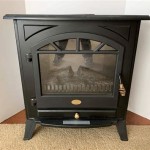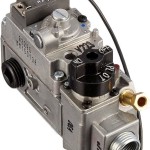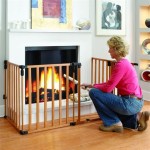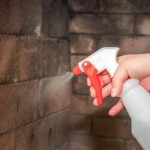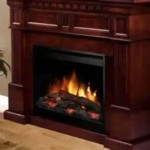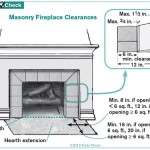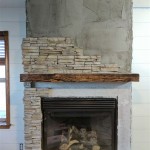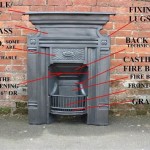Insulation Around Gas Fireplace Vent: A Comprehensive Guide
Ensuring proper insulation around your gas fireplace vent is crucial for both safety and energy efficiency. By effectively insulating this area, you can prevent heat loss, reduce the risk of fires, and increase the lifespan of your fireplace.
Materials for Insulation
When choosing insulation for your gas fireplace vent, opt for materials that are specifically designed for this application. These materials should be non-combustible, such as mineral wool, ceramic fiber, or fiberglass. These materials can withstand high temperatures without igniting and provide excellent thermal resistance.
R-Value and Thickness
The R-value of insulation refers to its resistance to heat flow. Higher R-values indicate better insulation performance. For gas fireplace vents, an R-value of at least R-5 is recommended. The thickness of the insulation should be sufficient to cover the vent pipe completely and extend several inches beyond it.
Insulation Installation
Before installing insulation, clean the area around the vent pipe thoroughly. Secure the insulation firmly using metal bands or wire mesh. Ensure that all gaps and cracks are filled to prevent heat loss and the entry of flammable materials. Avoid compressing the insulation, as this can reduce its effectiveness.
Safety Considerations
Improper insulation around a gas fireplace vent can pose a serious safety hazard. It is essential to follow all manufacturer's instructions carefully and ensure that the insulation is installed properly. Keep flammable materials away from the vent area and inspect the insulation regularly for any damage or signs of deterioration.
Benefits of Proper Insulation
Proper insulation around your gas fireplace vent offers numerous benefits:
- Energy Efficiency: Insulating the vent pipe reduces heat loss, allowing your fireplace to operate more efficiently and save you money on heating costs.
- Fire Safety: Adequate insulation prevents the exterior surface of the vent pipe from becoming excessively hot, reducing the risk of accidental fires.
- Increased Lifespan: Insulation protects the vent pipe from corrosion and other environmental factors, extending its lifespan.
- Improved Indoor Air Quality: Proper insulation can help prevent drafts and improve indoor air quality by reducing the entry of dust and other particles.
By adhering to these guidelines and ensuring proper insulation around your gas fireplace vent, you can enhance safety, improve energy efficiency, and enjoy the benefits of a cozy and functional fireplace for many years to come.
Insulating Around Direct Vent Fireplace Hearth Com Forums Home
Insulating Around Fireplace Flue Diy Home Improvement Forum

Insulating A Direct Vent Gas Fireplace Fine Homebuilding

Icc Direct Vent Gas Venting Insulated Wall Thimble
Gas Fireplace Venting Explained Heat Glo
Gas Fireplace Exterior Wall Insulation Vent Cover Hearth Com Forums Home

Walls Behind Fireplaces Building America Solution Center

Proper Insulation Doghouse Or Kick Out Doityourself Com Community Forums
Gas Fireplace Venting Explained Heat Glo

Our Gas Fireplace Is So Drafty It S Like An Open Window Floor Roof House Remodeling Decorating Construction Energy Use Kitchen Bathroom Bedroom Building Rooms City Data Forum
Related Posts

